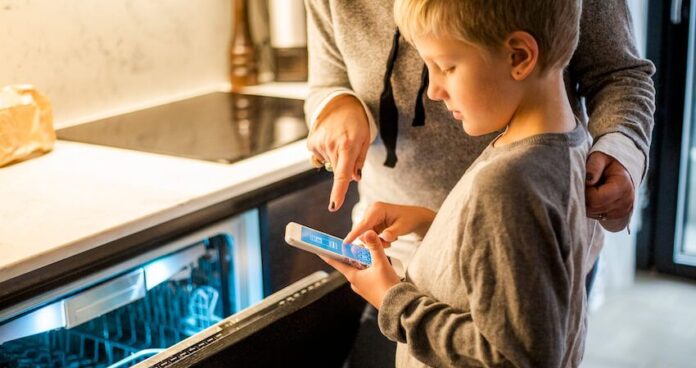Author: Ann Carrns
Date: August 27, 2021
Link: https://www.nytimes.com/2021/08/27/business/kids-financial-literacy-apps.html
It is no secret that American education has experienced minimal improvement with regard to financial literacy even though more relevant topics have become a requirement in classroom curriculum. According to a report by the Milken Institute, this issue has been deemed to be a potential burden to economic advancements; however, digital tools may become a “catalyst” for financial education, especially for younger tech-savvy people. With apps providing videos and tools rather than blandly setting out a list of concepts in the classroom, as a medium for such financial education, they have noticed the opportunity to make “colorful, interactive” tools. App developers who have also noticed this opportunity have released tools to offer personal financial feedback such as Copper, Step, and Greenlight. These apps provide different forms of simulations that Tim Lambrecht, director of education at Budget Challenge, states to be an encouraging way to invite teens into the investing world.
Copper
Copper provides short, brief videos and quizzes for teens and parents to improve and test their financial literacy. CEO Eddie Behringer’s goal is to create engaging tools and clear information to the clients. He also notes that contrary to many beliefs, an increase in digital access doesn’t always equate to improved financial literacy.
Step
Step is mainly offered for teenagers and also provides videos and short articles. They give teenagers the option to open secured credit cards with “training wheels” before opening a real credit card. Step’s founder, CJ MacDonald’s intention was to close the market gap of lacking financial help provided at schools and homes.
Although Greenlight started as a digital tool for parents to give their children allowances and set chores, they have recently added other features after users have learned the basis of earning and saving such as including cash back on debit cards and options to invest in stocks & exchange-traded funds.
Analysis
An increase in digital tools not directly translating into an improvement in financial literacy was an interesting insight that shows a disappointing truth in the market. With the ability to translate physical concepts into digital spaces with more media and tools, it would be assumed that creating a realistic and relatable simulation for children would be a piece of cake. Greenlight and Step are particularly successful in creating a realistic experience for teenagers to understand how the debit and credit card system works, but there are still many individuals who struggle to learn about these opportunities. Additionally, with the monthly subscription, it is understandably easy for clients to turn away as there are countless free options floating on the internet. But with the free tools scattered about online, there lacks encouragement to stay on task with them, and they may only offer limited advice for financial education which may not be as promising of an experience as a paid subscription for an app like Greenlight where everything is available.




